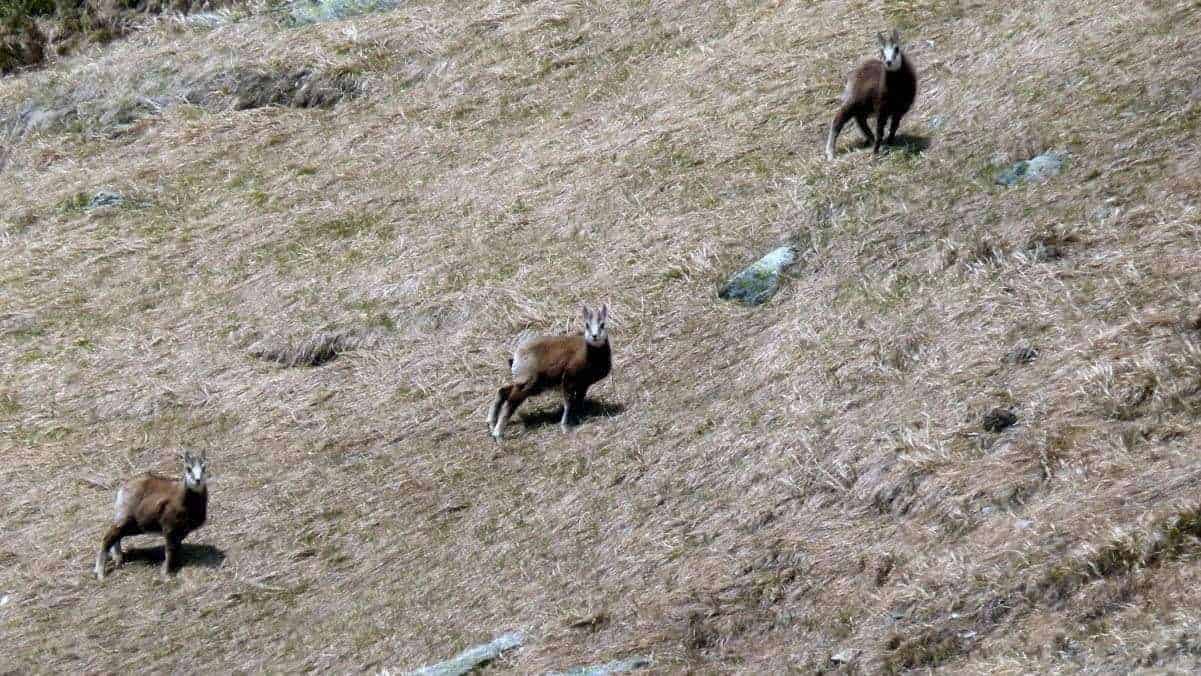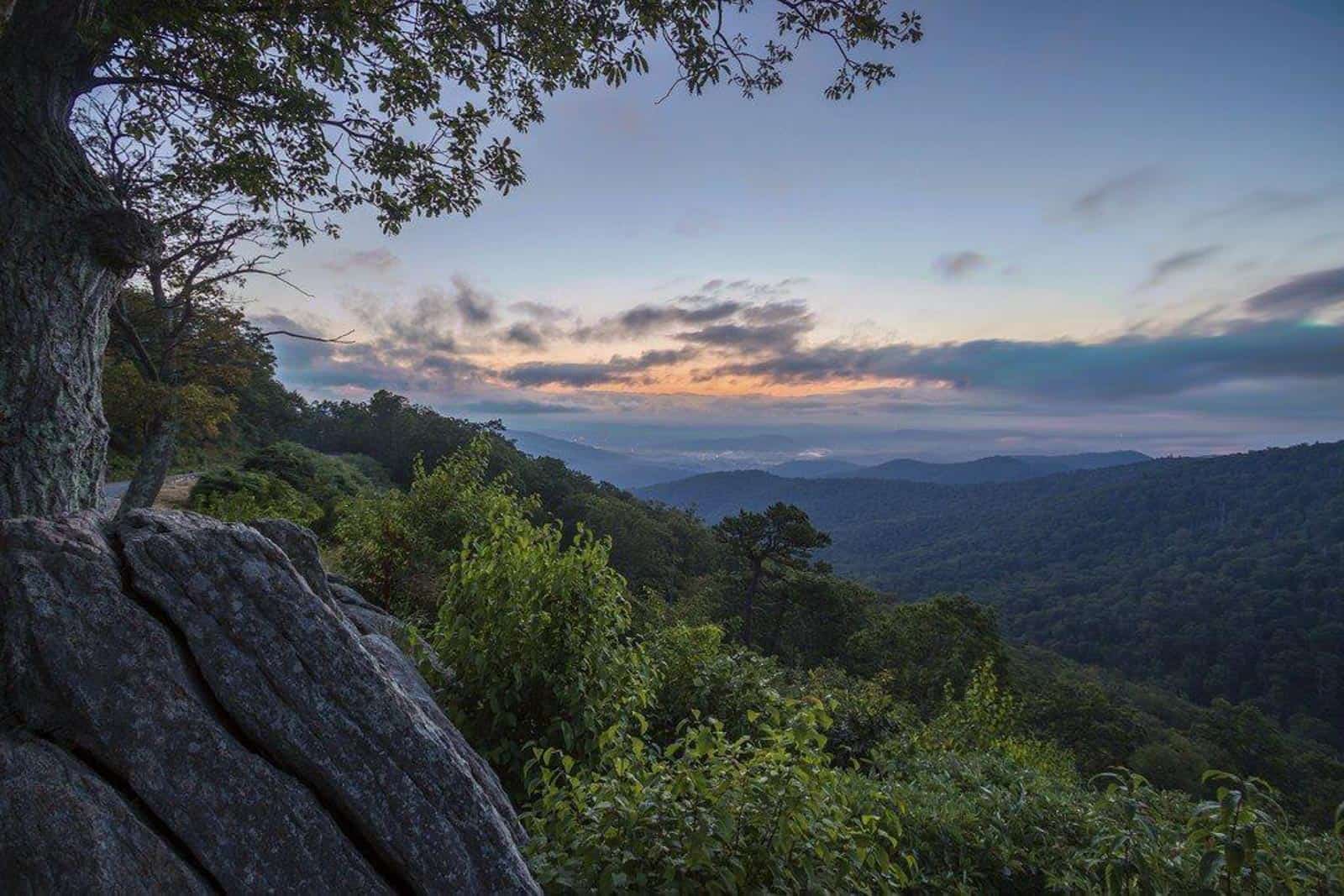Ski resorts and threatened species fight for space in the Apennines
The corona crisis has cut the skiing season short in most ski resorts around the world, including the Italian Apennines. After they were abandoned, wildlife reappeared on the slopes quickly. In ski resorts even more than most places, the lockdown showed that wildlife is constantly around. So, does this mean that wildlife around ski resorts now gets a break until next winter? Not so much. While it will probably take until next winter till ski resorts see a normal influx of visitors again, times without tourists are times for construction in many places.
Please also read: Ski resort or low impact tourism?
Four extension projects in the Apennines
In the Italian Apennines, four development projects of ski resorts have been proposed. Some of them would extend existing ski resorts into protected areas. This a part of a patterns across ski resorts worldwide. The credo seems to be ‘grow or die’. While the big ski resorts make record numbers each year, around 200 smaller ski resorts had to close in Italy.
These new development projects are not only economically questionable, but they also harm some of the most threatened mammal (sub-) species in Europe. The Apennines are home to the endemic subspecies Apennine Wolf (Canis lupus italicus), Marsican Brown Bear (Urusus arctos marsicanus) and Apennine Chamois (Rupicapra ornata). They are all priority species in the EU Habitat Directive and hence strictly protected.
Even though we do not see these species around ski resorts a lot, they are still an important habitat for them. Most of the time, we just do not notice it, because the animals hide from human disturbances. Further extensions of the 14 ski resorts in Abruzzo could stress the animals and make their habitats even smaller.
If you have ski resorts with traffic and snowmaking in the winter-time, you will disturb [bears’] hibernation phase

The projects are planned in the Terminillo massif and Sirente-Vileno Regional Park. The massif of Terminillo, also called the ‘Mountain of Rome’ for its proximity to the capital, hosts one of the most important ski resorts in central and southern Italy since the 1930s. However, like so many resorts, especially in the Apennines far south of the Alps, they are struggling with less snow. ‘Grow or die’ seems to be their answer too.
In Sirente-Vileno Regional Park, the gap between ambition and reality is even greater. It “was born in 1989 with the aim to safeguard the environmental values, as well as to hand down to future generations the cultural elements and signs of the historical-architectural richness inherited from the past.” While they promote “ideal habitats for the most interesting flora and fauna living in Central Italy”, ski tourism seems to be more important than preserving these exact habitats.
Natural tourism as an alternative
A close-by area, Majella National Park, shows that this is not the only way to attract visitors. Even more than the Alps, the Apennines offer a breathtaking combination of winter wonderland, beach holiday and unique nature. Majella promotes that “in all the seasons of the year, the Park offers the visitor a changeable setting of extraordinary beauty. Late spring is the season of blooming and, together with autumn, the best period to visit towns and hermitages. Summer is the best season to go along the trails. October will enchant you with the thousands colors of the beech trees and leads to winter which, with its white blanket, makes the landscape particularly charming.”
While ski resorts have also been built in Majella decades ago, they were partly abandoned and the focus was shifted to sustainable, all-year tourism concept that emphasizes the incredible cultural and natural wealth. Part of this concept is the official designation of Majella Wilderness. In this area, that has been in use since Roman times, visitors can now witness the changing beauty of Wilderness through different seasons.
Tourism experts agree that a shift in tourism is necessary. While skiing becomes ever more costly and dependent on artificial structures, the region’s rich historical and natural heritage have been relatively neglected. Unlike Tuscany or the Cinque Terre, the central Apennines are not a popular cultural destination for tourists. But in addition to its unique nature and wildlife, the region has several pre-Roman and Roman archaeological sites. Conserving crumbling villages and declining wildlife could bring life and cultural tourism to the area.





The Apennines are not the only area, where development and construction of ski resorts threaten endangered species. Another example is a proposed ski resort in the Selkirk Mountains. Environmentalists warn that its construction will cut up the habitats of Grizzly bears, wolverines and mountain goats. It seems that for many tourism destinations wildlife is a welcome aspect for their promotion. But as soon as it comes into conflict with other projects, its importance is quickly forgotten.








Hi team of wilderness society,
I have just read that the Lazio Regional Council has almost given the final go-ahead for the construction of ski resorts on Mount Terminillo, and therefore for the felling of centuries-old pine trees (apparently more than 200).
I do not understand how Unesco, which considers the area a protected area, can not restrict this project!
What more can be done to stop them!
How is it possible that in the current situation there are still proposals against what has already been defined as a natural area to be protected? It seems absurd to me.
Today we should fight for what is not yet protected, not continue to protect what great institutions have already defined as “protected areas”.
Who is fooling us or who is not doing enough?
I ask you to promote a campaign against this project, and to ask for support from the greens of europe, the greens of lazio and greenpeace international.
In short, I will do my part and continue to write and share in my small community and on my facebook page. Boycott-to-savetheearth @livingcreativeXXI
Luana Marini Bellisari
Berlin- Germany